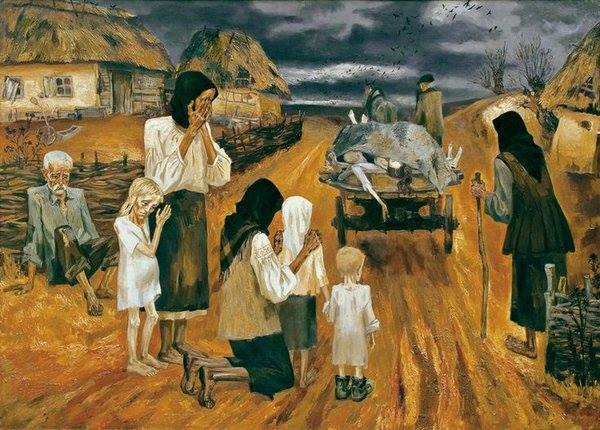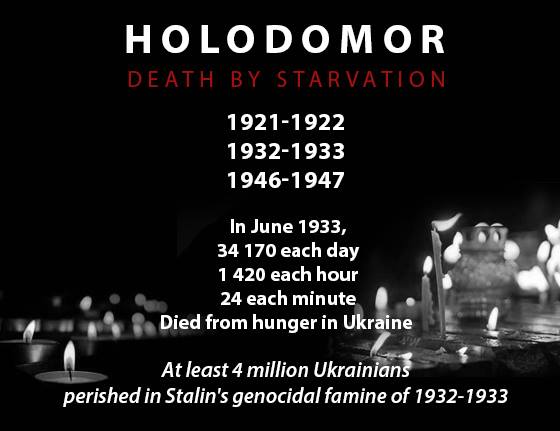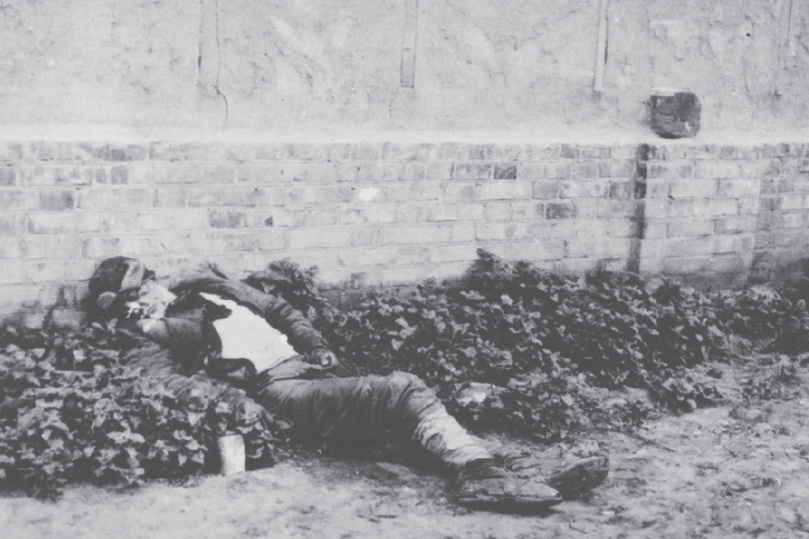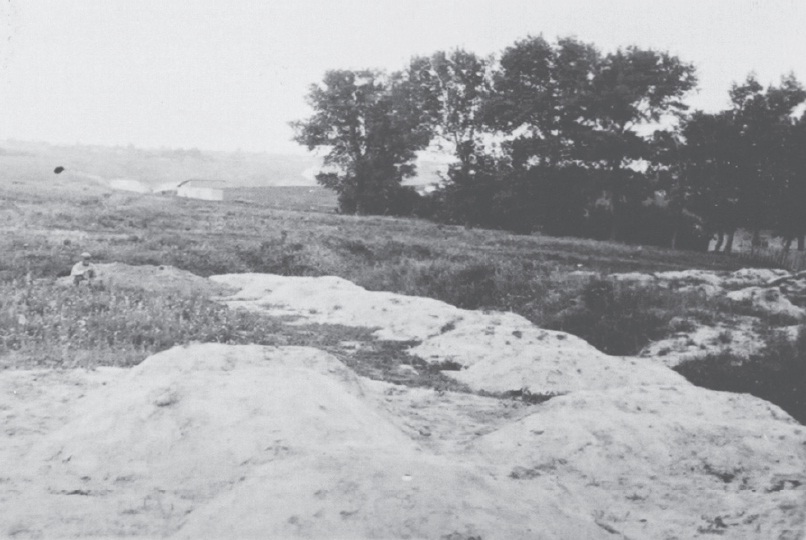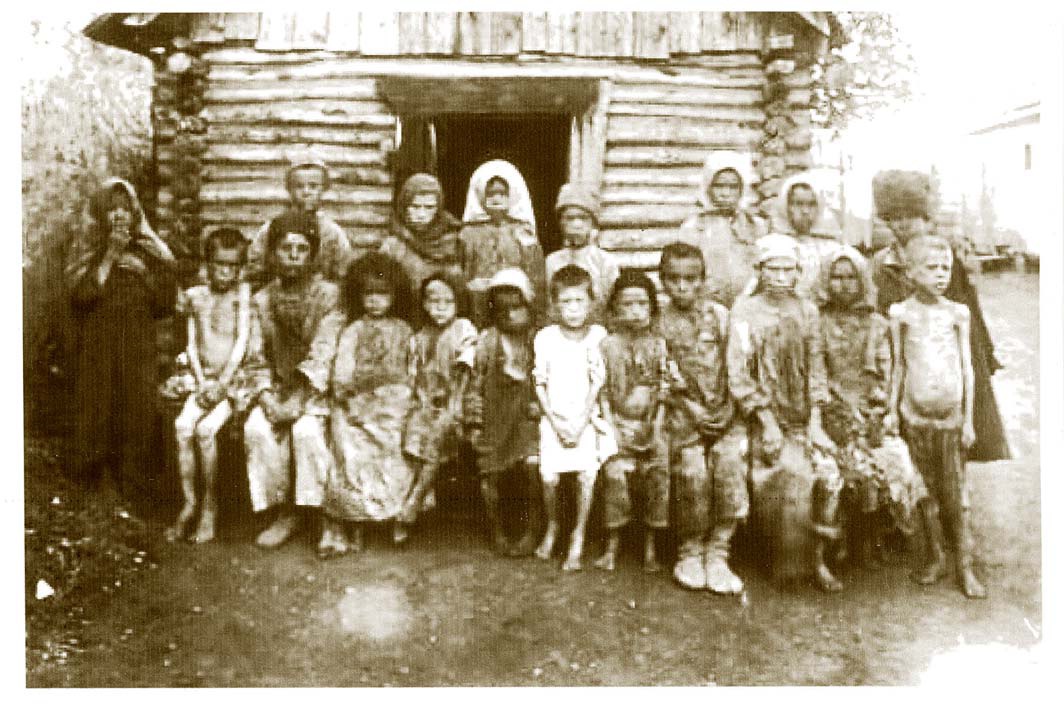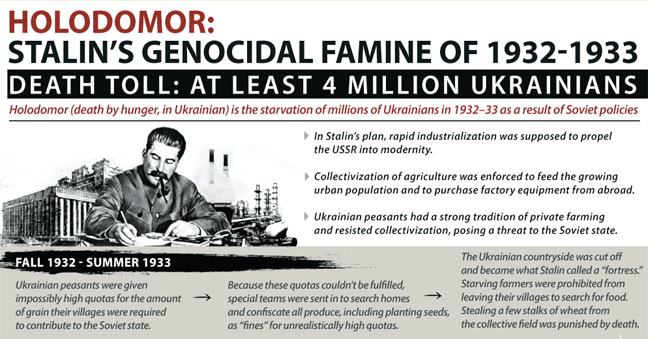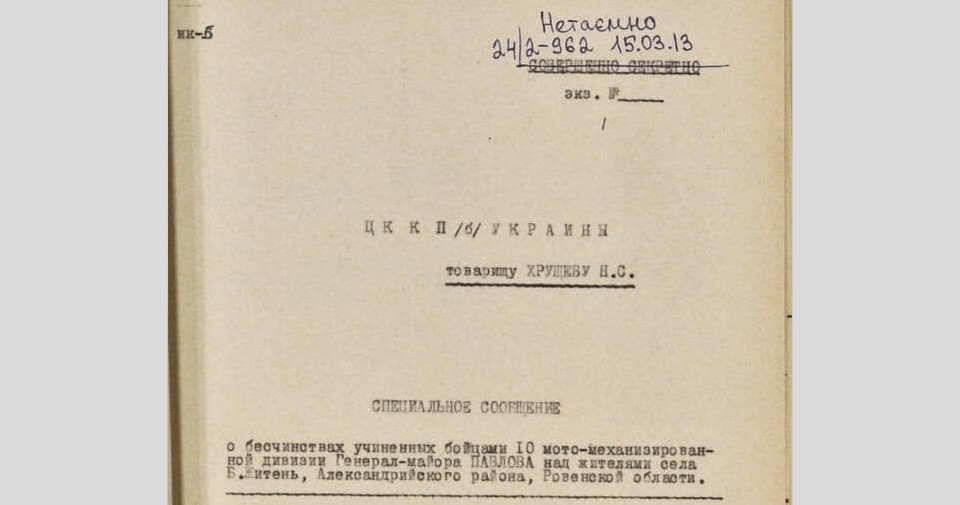Today, Ukrainians and people of good will around the world will mark the Day in Memory of the Victims of the Holodomor in 1932-33, the largest of the three famines visited upon Ukraine in Soviet times and one 81 percent of Ukrainians view as a genocide.
The killing of Ukrainians by artificial famine was a genocide in a double sense. Not only did it lead to the deaths of millions of Ukrainians
but it was cleverly used by the Soviet leaders to russify Ukraine. Under international law, the second action qualifies it as a genocide every bit as much as does the first, although it is less often noted in this case and in others.
In an article entitled “The Holodomor as an Instrument of Russification,” Russian commentator Boris Sokolov says that what happened in Ukraine was unquestionably a crime against humanity but was not unique to Ukraine or to 1932-33 as many now suppose.
“For the Soviet communist regime,” he writes, “actions of this kind were in the nature of things.” In 1921, for example, Lenin used the famine that had arisen as a result of his War Communism policies to launch a broad attack on the Orthodox Church on the assumption that starving peasants would not resist him in that.
Moreover, the leader of the Soviet state put out the word that he was taking valuables from the church in order to buy food for the people. In fact, as Sokolov points out, these stolen goods were converted into money to pay for the Soviet goal of world revolution. Those who were hungry got nothing.
A decade later, after NEP, Stalin decided to use a similar strategy in a more radical way, to take away any resources of the peasantry and forcing them to work for almost nothing in order to have enough money to pay for his strategy of seeking “rule over the entire rest of the world.” That strategy was collectivization.
And it is no accident that this was sometimes referred to as “the second socialist revolution,” not only because it was directed against those who had resisted the Bolsheviks in the past but also because it used famine as a weapon to break those communities so that they could not offer any additional resistance. As Sokolov points out,
The same thing was true of the Cossacks of the North Caucasus and the Kazakhs, Stalin’s two other targets.
“Of course,” the Russian commentator says, “Stalin did not intend to completely destroy the Ukrainians, the Cossacks or the Kazakhs.” In each case, some of their number participated in this crime; and Stalin, just like the Turks in World War I with regard to the Armenians, wanted to keep many of these people alive to serve as cannon fodder in a future war.
Figures from the 1926 Soviet census and the heavily falsified 1939 one show exactly what the Kremlin leader was trying to do. According to the former, in 1926, ethnic Ukrainians formed 87.5 percent of the rural population of that republic, while forming only 47.3 percent of the urban one. Given that Ukraine was overwhelming rural then, Ukrainians formed 80 percent of its total population.
At the same time, between 1926 and 1939, the urban population of Ukraine almost doubled from 18.5 to 36.2 percent and the share of ethnic Ukrainians in it rose by 12.9 percent to 60.2 percent, Sokolov notes. “But much more important is that the [Ukrainian] share of the population fell to 76.47 percent in comparison with 1926.”
That means, he says, that “the growth of the urban population of Ukraine in this period occurred much more from the non-Ukrainian population, including those coming from other republics than would have been the case if in Ukraine there had been a normal process of industrialization and urbanization without the Holodomor genocide.”
And thus, Sokolov concludes that it was “precisely after the Holodomor in Ukraine that the process of russification, especially in its eastern and southern regions gathered force.” At the same time, he reminds that the same thing happened in Cossack areas in the North Caucasus and in northern Kazakhstan – and for exactly the same reasons.
Related:
- Holodomor 1933: Light a candle in your window
- Documents reveal Soviet repressions against those resisting Holodomor genocidal famine
- The history behind "Bitter Harvest," dramatic movie about the Holodomor
- Why compare the Holodomor and the Holocaust
- Holodomor or death by starvation changes people's genotype, say psychologists
- Documents show massive export of products from Ukraine during Holodomor
- See which countries recognize Ukraine's Holodomor famine as genocide on an interactive map
- History, Identity and Holodomor denial: Russia's continued assault on Ukraine
- Holodomor: Stalin's genocidal famine of 1932-1933 | Infographic
- Stalin's genocidal Holodomor campaign of 1932-33. What we know vs the denialist lies

